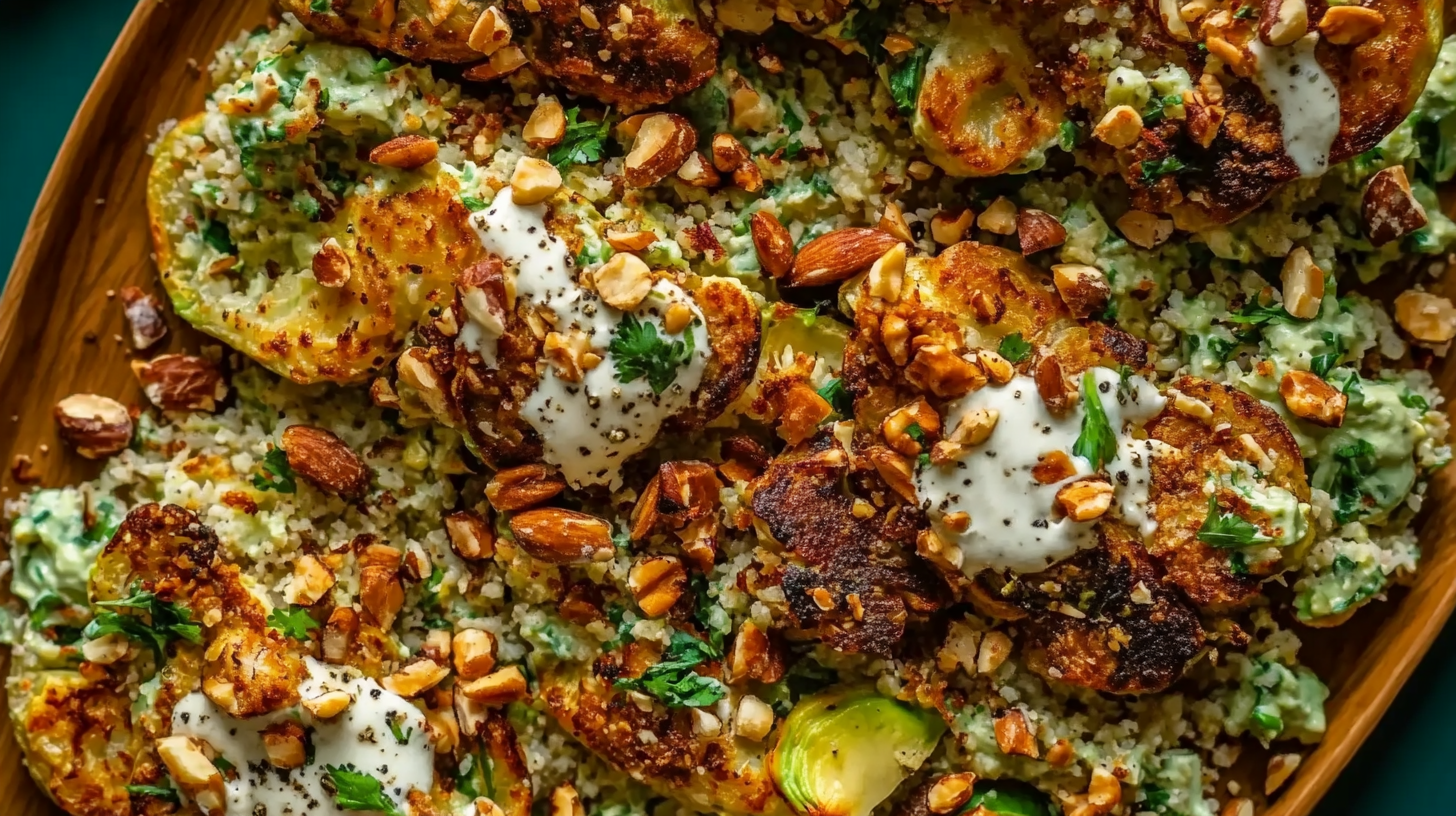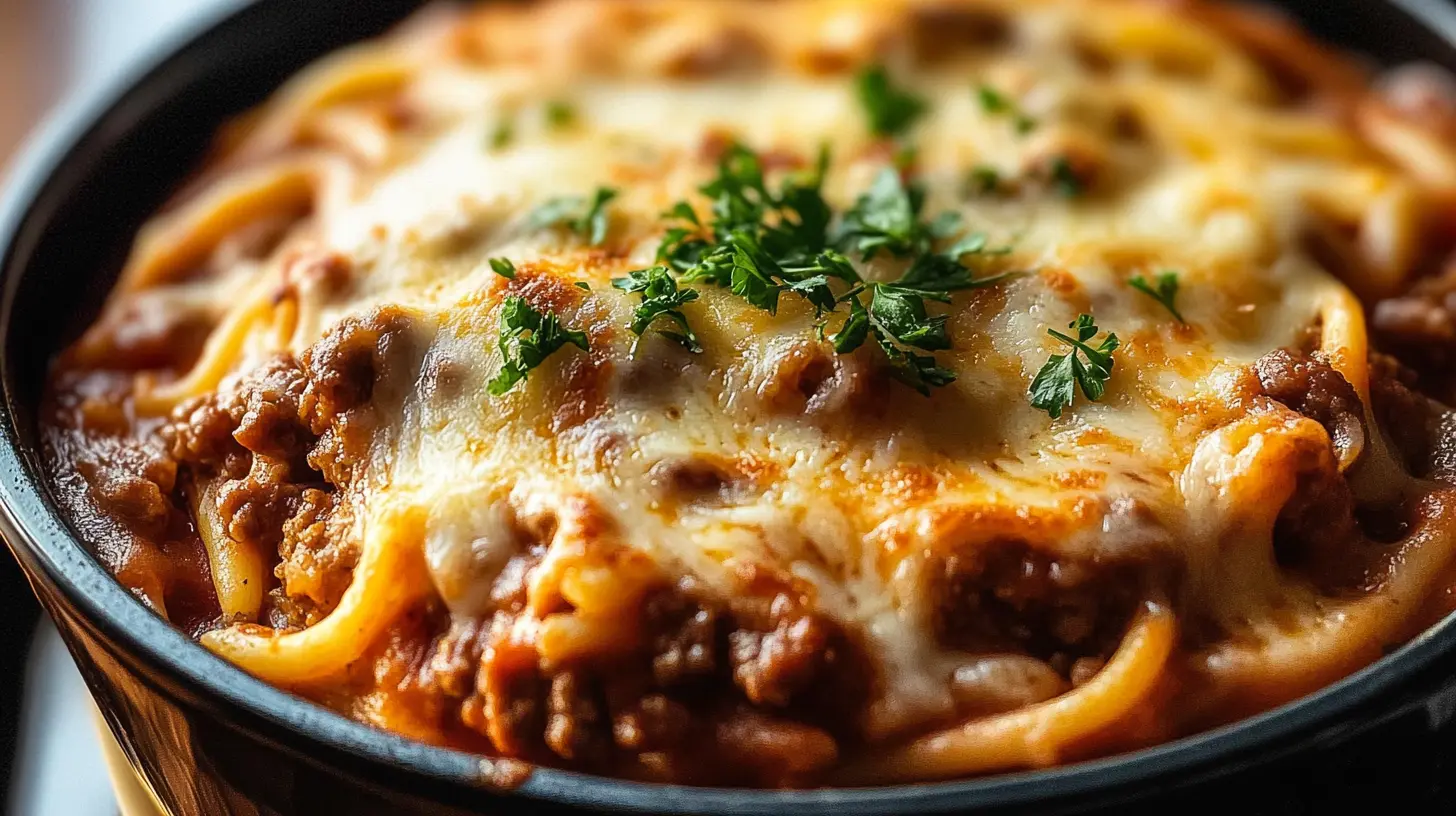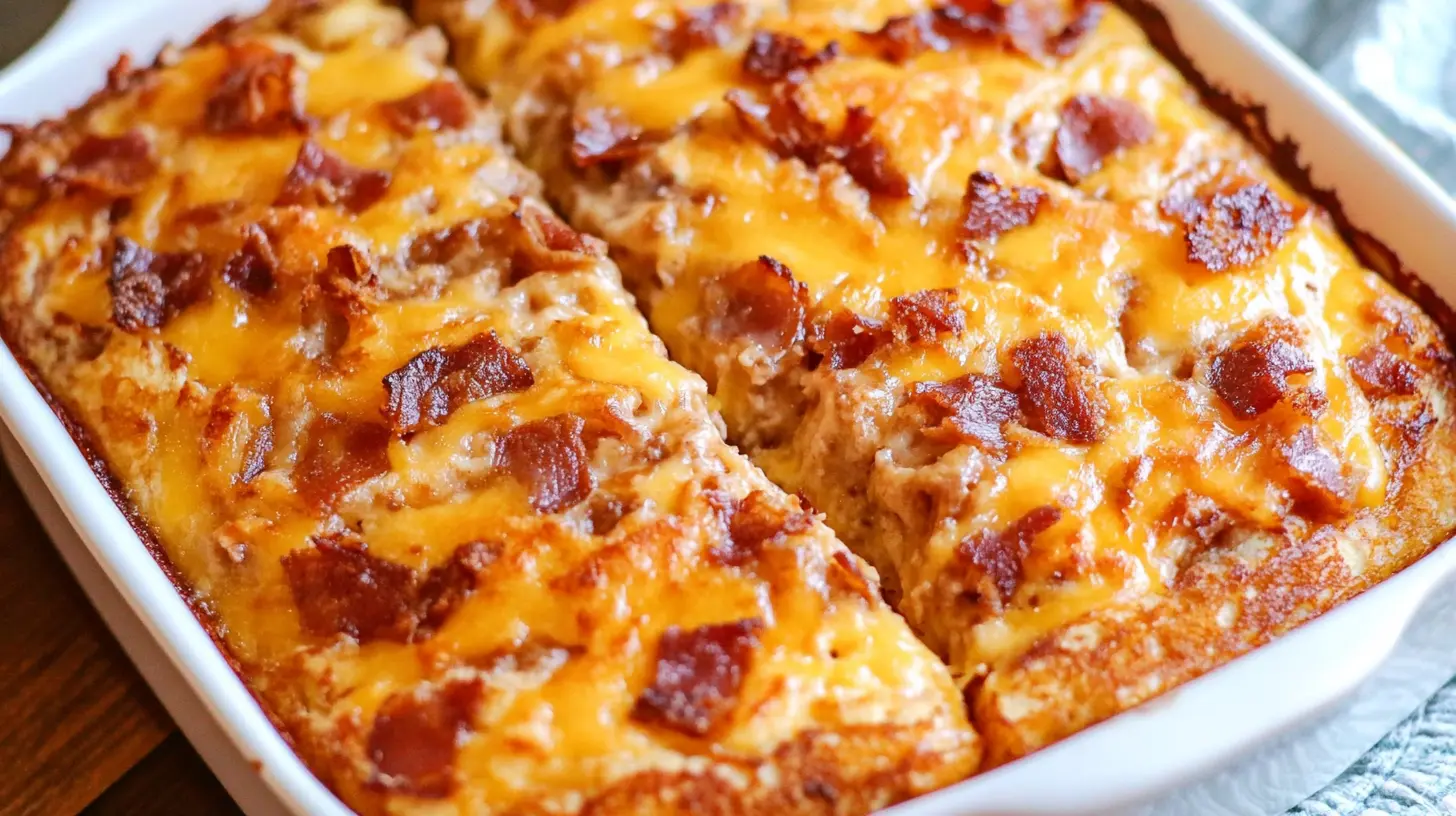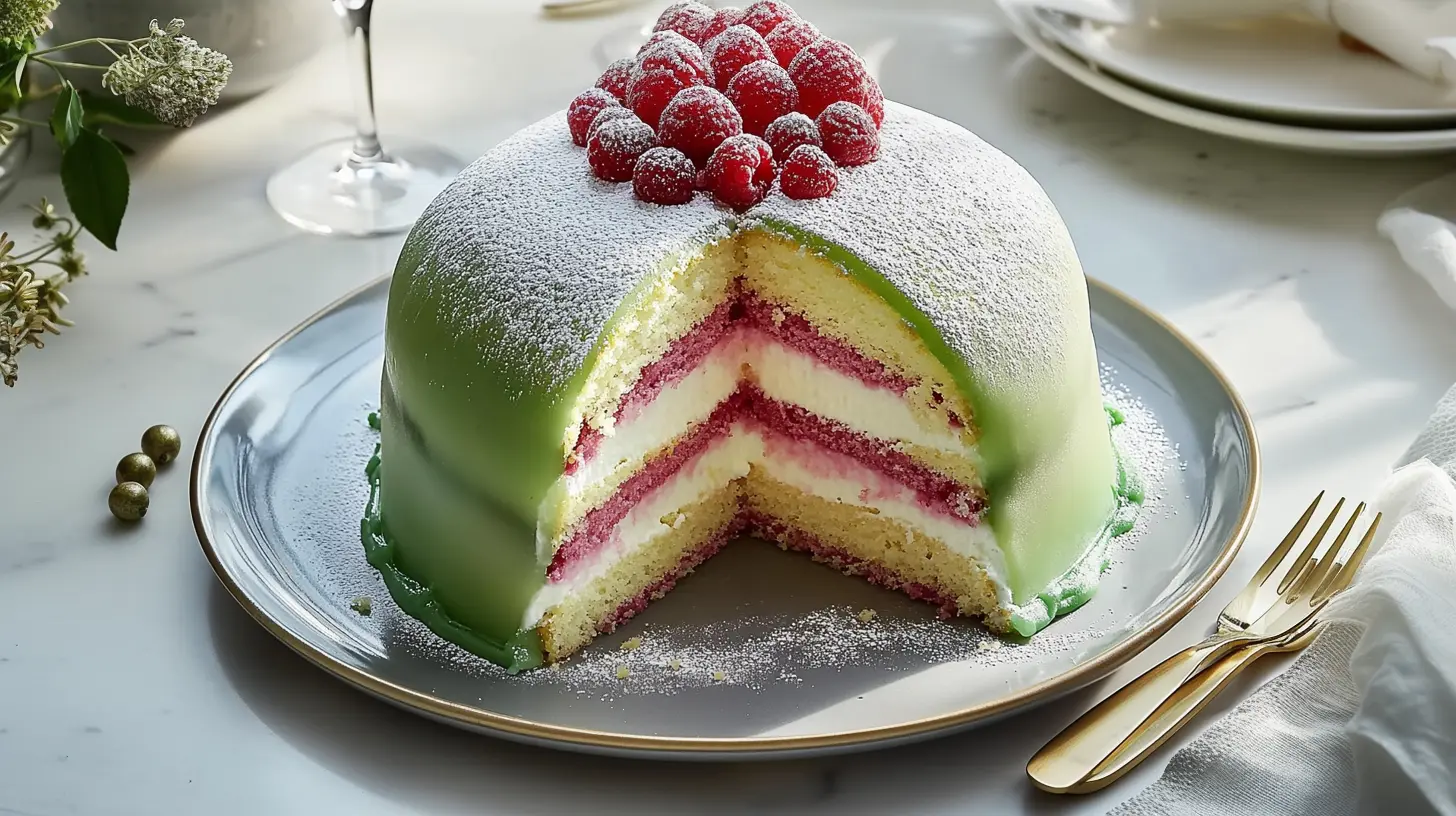Introduction to Vegan Gluten-Free Recipes
Vegan gluten-free recipes are a wonderful solution for anyone looking to enjoy meals that are both nutritious and satisfying. Whether you are a busy parent, a student, or someone simply exploring healthier dietary choices, these recipes offer an array of flavors and textures that will inspire your culinary creativity. They are not only simple to prepare but also cater to various dietary needs, making them perfect for vegan and gluten-free lifestyles. Incorporating these recipes into your meal planning can enhance your health and provide delicious options that everyone will love.
Benefits and Advantages of Vegan Gluten-Free Recipes
One of the most significant advantages of vegan gluten-free recipes is their abundant health benefits. These meals are typically rich in vitamins, minerals, and antioxidants, which help support a healthy immune system and promote overall wellness. Additionally, they tend to be lower in calories and saturated fats, making them an excellent choice for anyone looking to maintain a balanced diet or manage their weight. The simplicity of preparation is another standout feature, enabling even novice cooks to create impressive dishes without spending hours in the kitchen. This accessibility makes healthy eating more achievable for everyone. Furthermore, these recipes can be easily customized to accommodate various tastes and preferences, from adding extra spices for flavor to substituting ingredients for dietary needs. This versatility makes vegan gluten-free dishes an ultimate choice for gatherings or everyday meals, ensuring that everyone can enjoy delicious, health-conscious food together.
Ingredients Overview
Essential Ingredients for Vegan Gluten-Free Recipes
- Quinoa: A complete protein that is gluten-free and rich in fiber.
- Chickpeas: Packed with protein and fiber, making them an excellent meat alternative.
- Almond Flour: A perfect gluten-free flour substitute that adds moisture and flavor.
- Coconut Oil: A healthy fat source that enhances the flavor and texture of baked goods.
- Maple Syrup: A natural sweetener that is vegan-friendly and adds a unique taste.
- Fresh Vegetables: Such as spinach, bell peppers, and zucchini for added nutrients and color.
Dietary Substitutions to Customize Your Vegan Gluten-Free Recipes
- Nut-Free Option: Substitute almond flour with oat flour or sunflower seed flour for a nut-free alternative.
- Sugar-Free Option: Use stevia or erythritol as a sweetener instead of maple syrup.
- Protein Boost: Add hemp seeds or a scoop of plant-based protein powder to any recipe for an extra protein kick.
How to Prepare the Perfect Vegan Gluten-Free Recipes: Step-by-Step Guide
First Step: Gather all your ingredients and prepare your workspace. Clean and chop any vegetables needed for the recipe.
Second Step: Cook your base, such as quinoa or chickpeas, according to package instructions. This forms the foundation of your dish.
Third Step: Mix your dry ingredients (like almond flour and baking powder) in one bowl and wet ingredients (like coconut oil and maple syrup) in another.
Fourth Step: Combine the dry and wet mixtures, stirring until well combined.
Fifth Step: Fold in any fresh vegetables or additional ingredients, ensuring an even distribution.
Sixth Step: Pour the mixture into a baking dish or onto a baking sheet lined with parchment paper.
Seventh Step: Bake in a preheated oven until golden brown and a toothpick comes out clean, typically around 20-30 minutes.
Eighth Step: Let it cool for a few minutes before serving. Enjoy your delicious, healthy dish!
Mastering Vegan Gluten-Free Recipes: Advanced Tips and Variations
To elevate your vegan gluten-free dishes, consider experimenting with an array of spices and herbs that can transform simple ingredients into culinary masterpieces. For instance, adding cumin and paprika can introduce a robust flavor profile that elevates the overall taste, while herbs like basil and cilantro can add freshness and vibrancy. You can also play around with different vegetables to create seasonal variations, showcasing what’s fresh and local—think roasted root vegetables in the fall or vibrant spring greens. Don’t hesitate to explore various cooking methods, such as grilling to impart a smoky flavor or steaming to retain the natural colors and nutrients of your veggies. Moreover, creatively repurposing leftovers can turn them into delicious salads or wraps for a quick lunch option, ensuring that nothing goes to waste while maximizing flavor and nutrition.
How to Store Vegan Gluten-Free Recipes: Best Practices
Proper storage is essential to maintain the freshness of your vegan gluten-free creations. Allow your dish to cool completely before transferring it to an airtight container. Refrigerate for up to five days, or freeze portions for up to three months. To reheat, simply thaw overnight in the refrigerator and warm in the oven or microwave until heated through.
Nutritional Value of Vegan Gluten-Free Recipes
These recipes typically boast a balanced nutritional profile. For example, a serving may contain approximately:
- Calories: 250-300
- Protein: 10-15g
- Fat: 5-10g
- Carbohydrates: 40-50g
- Fiber: 5-8g
The exact values will depend on the specific ingredients used, but overall, these meals provide a great source of nutrients that support a healthy diet.
FAQs: Frequently Asked Questions About Vegan Gluten-Free Recipes
What Can You Eat if You Are Vegan and Gluten-Free?
If you’re following a vegan and gluten-free diet, your food choices include a wide variety of fruits, vegetables, legumes, nuts, seeds, and gluten-free grains. Some excellent options are:
- Fruits and Vegetables: All fresh fruits and vegetables are naturally gluten-free and vegan. They provide essential vitamins and minerals.
- Legumes: Beans, lentils, and peas are great protein sources. They can be used in salads, soups, and stews.
- Gluten-Free Grains: Quinoa, rice, millet, buckwheat, and gluten-free oats are nutritious alternatives to wheat-based products.
- Nuts and Seeds: Almonds, chia seeds, flaxseeds, and walnuts are great for snacking or adding to meals for extra nutrition.
- Plant-Based Alternatives: There are various gluten-free vegan products, like plant-based milk (such as almond or oat milk), gluten-free pasta, and gluten-free bread made from almond flour or other gluten-free flours.
- Condiments and Spices: Most herbs, spices, and oils are gluten-free. Just be cautious with pre-packaged sauces and dressings, as they may contain gluten.
For a comprehensive list of gluten-free foods, check out the Gluten-Free Diet Wikipedia page.
Is It Hard to Be a Gluten-Free Vegan?
Transitioning to a gluten-free vegan diet can be challenging, especially if you’re accustomed to a standard diet that includes wheat-based products. However, many people find it manageable with careful planning. Here are a few considerations:
- Food Labeling: You must read labels carefully to avoid gluten. Many processed foods contain hidden gluten, so look for certified gluten-free labels.
- Variety of Ingredients: You’ll need to familiarize yourself with gluten-free grains and flours, such as almond, coconut, or rice flour, to recreate baked goods and other recipes.
- Meal Preparation: Preparing meals at home becomes crucial to ensure that you control what goes into your food.
While it may seem daunting at first, many find that with time, it becomes easier to navigate and enjoy a gluten-free vegan lifestyle.
Will I Lose Weight on a Gluten-Free Vegan Diet?
Weight loss on a gluten-free vegan diet can occur, but it is not guaranteed. It largely depends on your overall calorie intake and food choices. Here are some factors to consider:
- Whole Foods vs. Processed Foods: If you focus on whole foods (fruits, vegetables, legumes, and whole grains), you are likely to consume fewer calories and feel fuller, which may lead to weight loss. Conversely, if you rely heavily on gluten-free processed foods, you might not lose weight and may even gain.
- Caloric Balance: As with any diet, maintaining a caloric deficit is essential for weight loss. Monitor portion sizes and be mindful of high-calorie vegan snacks.
- Nutritional Balance: To achieve optimal health and support your weight management goals, it’s crucial to maintain a balanced diet that includes adequate amounts of protein, healthy fats, and carbohydrates. Incorporate diverse sources of plant-based protein, such as legumes, quinoa, and tofu, to ensure you meet your protein needs. Healthy fats from nuts, seeds, avocados, and olive oil can provide essential fatty acids that support heart health. Additionally, include a variety of whole grains, fruits, and vegetables to supply complex carbohydrates, fiber, and essential vitamins and minerals. By focusing on this balance, you can enhance your overall well-being and sustain energy levels throughout the day.
What Is a Vegan Substitute for Gluten?
If you’re looking for a vegan substitute for gluten (often used for texture in baking), consider the following options:
- Chia Seeds or Flaxseeds: These seeds can be mixed with water to create a gel-like consistency, which helps bind ingredients together.
- Psyllium Husk: This soluble fiber is often used in gluten-free baking to improve texture and elasticity.
- Aquafaba: The liquid from canned chickpeas can act as an egg replacement, helping to provide structure in vegan baking.
Is Tofu Gluten-Free?
Yes, tofu is generally gluten-free. It is made from soybeans and does not naturally contain gluten. However, some flavored or processed tofus may include gluten-containing ingredients, so it’s essential to read labels carefully.
Why Don’t Vegans Eat Gluten?
Not all vegans avoid gluten; however, many choose to follow a gluten-free diet due to:
- Health Reasons: Individuals with celiac disease or gluten sensitivity must avoid gluten for health reasons. Some vegans also choose to eliminate gluten for perceived health benefits.
- Digestive Comfort: Some people find that gluten-containing foods can cause digestive issues, leading them to adopt a gluten-free lifestyle alongside veganism.
Is Hummus Gluten-Free?
Yes, hummus is typically gluten-free as it is made from chickpeas, tahini (ground sesame seeds), lemon juice, and garlic—all naturally gluten-free ingredients. However, be cautious about store-bought varieties that may contain additives or flavorings that could include gluten.
Is Oat Milk Gluten-Free?
Oat milk can be gluten-free, but it depends on the brand and processing. Look for oat milk that is specifically labeled “gluten-free,” as oats are often processed in facilities that handle gluten-containing grains, leading to cross-contamination.
Do Oats Have Gluten?
Oats do not naturally contain gluten; however, gluten can contaminate them during processing.Therefore, it’s crucial to choose certified gluten-free oats if you are strictly avoiding gluten.
Do Oats Have Gluten?
Oats themselves do not naturally contain gluten. However, they can be cross-contaminated with gluten during processing or packaging. For those strictly avoiding gluten, it’s crucial to choose certified gluten-free oats to ensure they haven’t come into contact with gluten-containing grains.
Are Bananas Gluten-Free?
Yes, bananas are naturally gluten-free. Bananas make a great snack option for anyone following a gluten-free diet and pack essential nutrients like potassium and vitamin C.
Are Chia Seeds Gluten-Free?
Yes, chia seeds are gluten-free. These tiny seeds are not only safe for gluten-free diets but also provide a good source of omega-3 fatty acids, fiber, and protein, making them a nutritious addition to various dishes.
Do Potatoes Have Gluten?
No, potatoes do not contain gluten. They are naturally gluten-free and can be prepared in numerous ways—baked, mashed, roasted, or fried—making them a versatile staple for gluten-free diets.
Does Rice Have Gluten?
Rice is gluten-free. Both white and brown rice can be safely consumed by those avoiding gluten. Rice is a common staple in many gluten-free diets and serves as a great base for various dishes.
Are Chickpeas Gluten-Free?
Yes, chickpeas are gluten-free. They are a fantastic source of plant-based protein and fiber and can be used in salads, soups, and hummus, making them a popular ingredient in many gluten-free recipes.
Is All Cheese Gluten-Free?
Most cheese is gluten-free, as it is made from milk and does not typically contain gluten. However, some processed cheeses or cheese products may have additives that include gluten, so it’s important to read labels carefully. Always opt for natural cheeses to ensure they are gluten-free.
Conclusion
Navigating a vegan and gluten-free diet may seem challenging at first, but it opens up a vibrant world of nutritious and delicious food options that enhance your culinary experience. By familiarizing yourself with a variety of whole foods—such as fruits, vegetables, legumes, nuts, and seeds—you can create meals that satisfy and promote health. Using effective substitutes for common ingredients, like almond or chickpea flour instead of wheat flour, fosters endless creativity in the kitchen.
Careful meal planning is essential; preparing meals in advance allows you to explore new recipes and avoid processed foods that contain hidden gluten or animal products. Whether you aim for weight loss, improved wellness, or simply want to indulge in new flavors, a gluten-free vegan lifestyle can be fulfilling and exciting. Always read labels and prioritize whole, minimally processed foods to keep your diet healthy, balanced, and enjoyable.
For more delicious recipes, check out our Tteokbokki Recipe or the comforting Cheesy Hot Beef Sandwich Recipe.




